To be honest, I don't know what to think about this industrialization of the restaurant business. This is not an entirely new phenomenon: fast-food chains have done exactly the same thing for the last 50 years and most restaurants keep ready made sauces at hand in the freezer or even more simply in a bain-marie. I think most of the outcry comes from food enthusiasts who are able to detect the smell of the industrial kitchen on their plates and from those advocating for a less industrialized (and homogenized) approach to food. In that sense, I certainly see a problem with these trends especially since low prices for acceptable but homogenised industrial food might put out of business the true and sincere artisans whose product, I believe, would almost always be of greater quality and contributing to culinary diversity.According to an investigation by the newspaper France Soir, the days when a Gallic chef could boast of 86 different ways to make an omelette are fast disappearing.
Instead they are turning to frozen vegetables, ready-made dishes and sauces delivered in cartons - some of them supplied discreetly by an arm of a British "pub grub" caterer.
Restaurants may give the impression that their leg of lamb is fait maison (made by the house) when in fact all the chef has done is remove it from a bag and heat it up, said France Soir.Many younger chefs, it claims, would now struggle to produce standard fare such as a sauce Béarnaise or even straight-forward vol-au-vents.
To add to the dismay of food purists, more than a dozen traditional techniques - including how to truss a chicken, open oysters and prepare artichoke hearts have been dropped from the national cookery qualification, the Certificat d'Aptitude
Professionnel. Instead trainees are tested on their use and handling of processed, frozen, powdered or pre-prepared foods.
On the other hand however, we should not forget that these techniques allow a certain democratization of the dining experience. Not all of us have the money to eat out in good restaurants who themselves are able to hire experienced cooks. I live in a city where good restaurants are scarce and expensive and I would certainly appreciate the possibility to indulge in standardized but good food at a reasonable price once in a while. As for now, however, it seems the ready-made meals are only served in awful chain restaurants in my area...





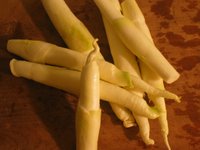

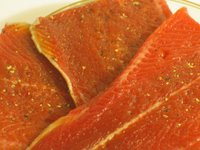
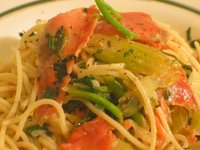
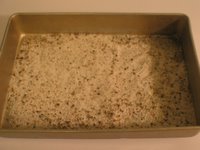

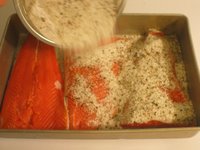








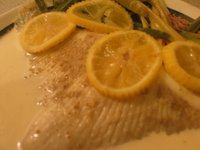













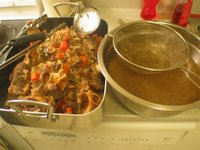


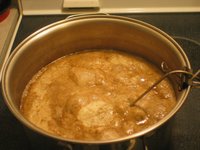



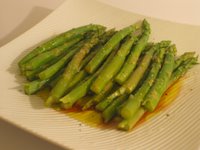
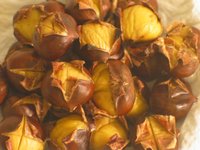
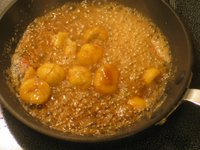
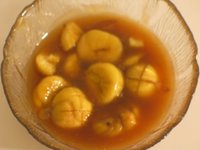

 I made these cremes brules this weekend using the coconut milk leftover from my lamb curry (
I made these cremes brules this weekend using the coconut milk leftover from my lamb curry (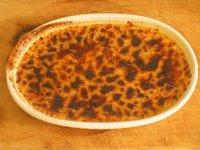
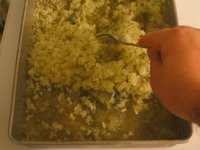 I bought a lot of mint in Montreal last weekend and I had to find a way to use it. Mint tea is a great option but I felt more like making desert today. I made this nice granita using lemon and lime juice, some dried orange zest that was sitting on my spice rack for a long time now, sugar, vodka, pernod, triple sec, and, of course, mint. I first made a strong mint tea by boiling some of the mint in water, to which I added the citrus juices, the orange zest and some sugar. I cooled it down, strained it, and added the liquors and a fine chiffonade of mint leaves. I placed everything in the freezer and voila! My first granita ever!
I bought a lot of mint in Montreal last weekend and I had to find a way to use it. Mint tea is a great option but I felt more like making desert today. I made this nice granita using lemon and lime juice, some dried orange zest that was sitting on my spice rack for a long time now, sugar, vodka, pernod, triple sec, and, of course, mint. I first made a strong mint tea by boiling some of the mint in water, to which I added the citrus juices, the orange zest and some sugar. I cooled it down, strained it, and added the liquors and a fine chiffonade of mint leaves. I placed everything in the freezer and voila! My first granita ever!
